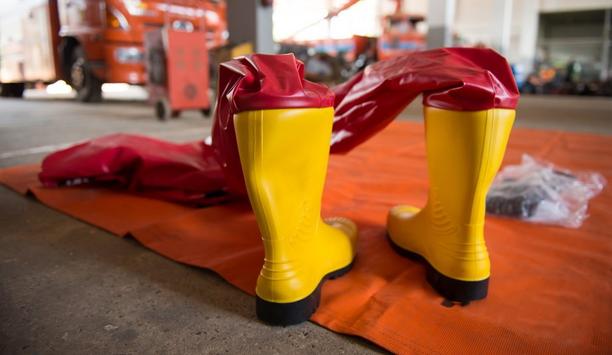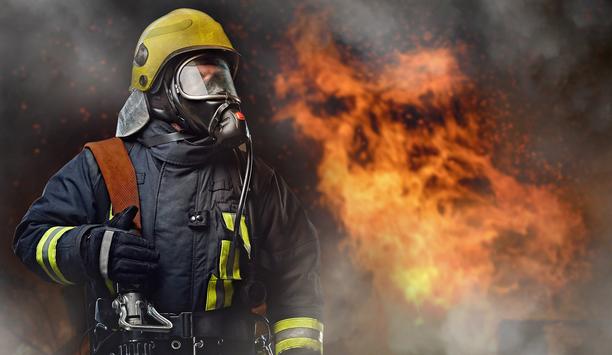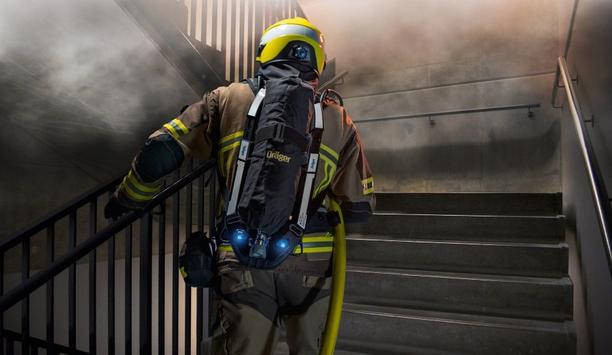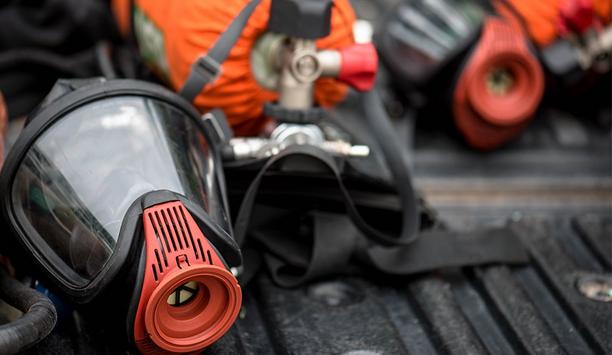Larger and more increased storms are producing soaring natural disaster costs. The U.S. alone witnessed 16 natural disasters by September 2020, which brought damages to at least $1 billion tying the records set in 2011 and 2017.
This increase in disaster severity and costs make it harder for Emergency Managers to do their jobs. In this article, learn more about the issues facing disaster relief efforts and what users can do to prepare for the next disaster.
Rising Cost of Disasters
In the last 20 years, the damage resulting from major storms and disasters is exponentially more significant than in past years, with some of the most costly disasters occurring in the last five years. This increase in disaster damage has a considerable effect on local and state economies.
In the southeast, the coastal areas are hit hardest by hurricanes. While communities are rebuilding from the devastation, people continue to be out of work trying to reorder their personal lives and employers struggle to get their businesses operating again.
federal relief funding and insurance
Municipalities depend on the tax revenue from tourism dollars to fund public safety and infrastructure
When hotels, restaurants, and attractions are closed or damaged, tourism revenue is compromised. Municipalities depend on the tax revenue from those tourism dollars to fund public safety and infrastructure.
Communities will eventually receive federal relief funding and insurance that will offset the cost of rebuilding. Still, there is a lull in economic activity until that money arrives.
Multiple Disasters
In February 2021, an Artic cold snap left much of Texas powerless and frozen. In addition to that, the 2021 tornado season predicts to be stronger than usual, with tornado activity already occurring in early March in Texas.
And the NOAA just announced that the 2021 hurricane season would begin one month earlier, which opens the possibility of a hurricane hitting Texas’s coast earlier than in past years. These weather events reduce the time for Emergency Managers to adequately deal with one event and prepare for the next disaster that quickly follows.
Reduced revenues
In addition to the cost component, more significant, more destructive disasters take more time to rebuild. In that case, there is a greater chance that another disaster can occur before people have the opportunity to recover from the last major event.
This is the new double-edged sword that municipalities and governments are experiencing. They have tighter budgets due to reduced revenues while dealing with the trend of more intensive storms. “The world that we are living in right now, Emergency Managers haven’t even finished their one deployment…and then another disaster happens,” she said. “There’s a layering that is happening with disasters that are outstripping our resources,” said Lori Peek, Director of the Natural Hazards Center, University of Colorado.
COVID-19 Factor
City and county budgets are strained by the additional cost of COVID precautions, policies, and procedures
A community dealing with one major disaster is hard enough. Now, add the strain of a 100-year pandemic on top of a natural disaster, and it gets exponentially more difficult for Emergency Managers and First Responders. COVID-19 introduced a whole new layer of challenges for first responders. Increased calls for people affected by COVID, and more extraordinary safety precautions limit how responders do their jobs.
And finally, city and county budgets are strained by the additional cost of COVID precautions, policies, and procedures. Similar to the disasters mentioned, business closures resulting from COVID mean municipalities have less tax revenue to fund public safety departments. All of these factors make Emergency Manager’s jobs far more complex.
Regional Aid May Not Be Available
It’s common practice for communities to call on neighboring states and counties to provide aid to deal with a disaster. If another storm or disaster happens elsewhere, surrounding counties and states will provide resources as needed. But when disasters are coinciding, resources in all neighboring states are already being used.
Communities can’t rely on their neighbors’ help because their neighbors are already dealing with their issues. This puts a massive strain on Emergency Managers dependent on assistance from neighboring counties and states to deal with a disaster. This scenario was evident in the wildfires of the west. In recent fire seasons, there were so many fires happening simultaneously in multiple states and even countries that nobody could help.
Investment in Resiliency
Emergency Managers must get the plan right the first time because there is no chance of correcting midstream
Foxfury sees more occurrences of the “100-year flood”, the “100-year freeze, and the “100-year pandemic”. These extraordinary events are happening alongside the regular disaster seasons of hurricanes, tornados, flooding, and wildfires. Disaster plans need to be adapted to handle multiple disasters simultaneously with the possibility of dealing with “the big one” as well. The plan must fit the disaster because the disaster won’t fit the plan.
Once a large-scale disaster happens, the Emergency Manager must get the plan right the first time because there is no chance of correcting midstream. With this changing climate (no pun intended), emergency managers need to measure the actual cost of inexpensive lighting vs. the investment in high-quality lighting equipment that will withstand the abuse of repeated disasters and provide years of trouble-free use.
Consider these questions
- Is the department/agency self-sufficient and prepared if no aid or rentals are available?
- Will the operation be compromised if the lighting fails during a disaster when users can’t replace or repair it?
- Is the option of renting equipment always going to be guaranteed? What’s Plan B if renting is not an option or is unavailable?
- Do users have lighting for the first 24-48 hours until rental generator lights are available and delivered?
- Will faulty lights or the inability to obtain rental lights result in crew injuries or even lost lives?
- What’s the liability cost to your department if lives are lost, or they sustain injuries?
Emergency Managers often overlook these issues when considering lighting. Yet, when these issues arise during a disaster, the money saved on inferior lights becomes a costly proposition.
The value of investing high quality, dependable lighting pays off in money, time, and, most importantly, lives. Make sure the lights can handle the harshest conditions that mother nature will dish out.
Lights features
FoxFury lights are designed and built for disasters and feature:
- Completely waterproof design.
- Long runtimes of up to 24 hours.
- Highest quality materials and construction to withstand the harshest conditions.
- Lifetime warranty.
Responders can deploy battery-powered scene lights immediately after a disaster strikes. Fast illumination of the scene can be the critical difference in saving lives.






